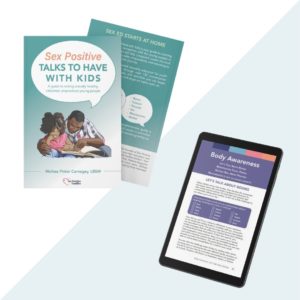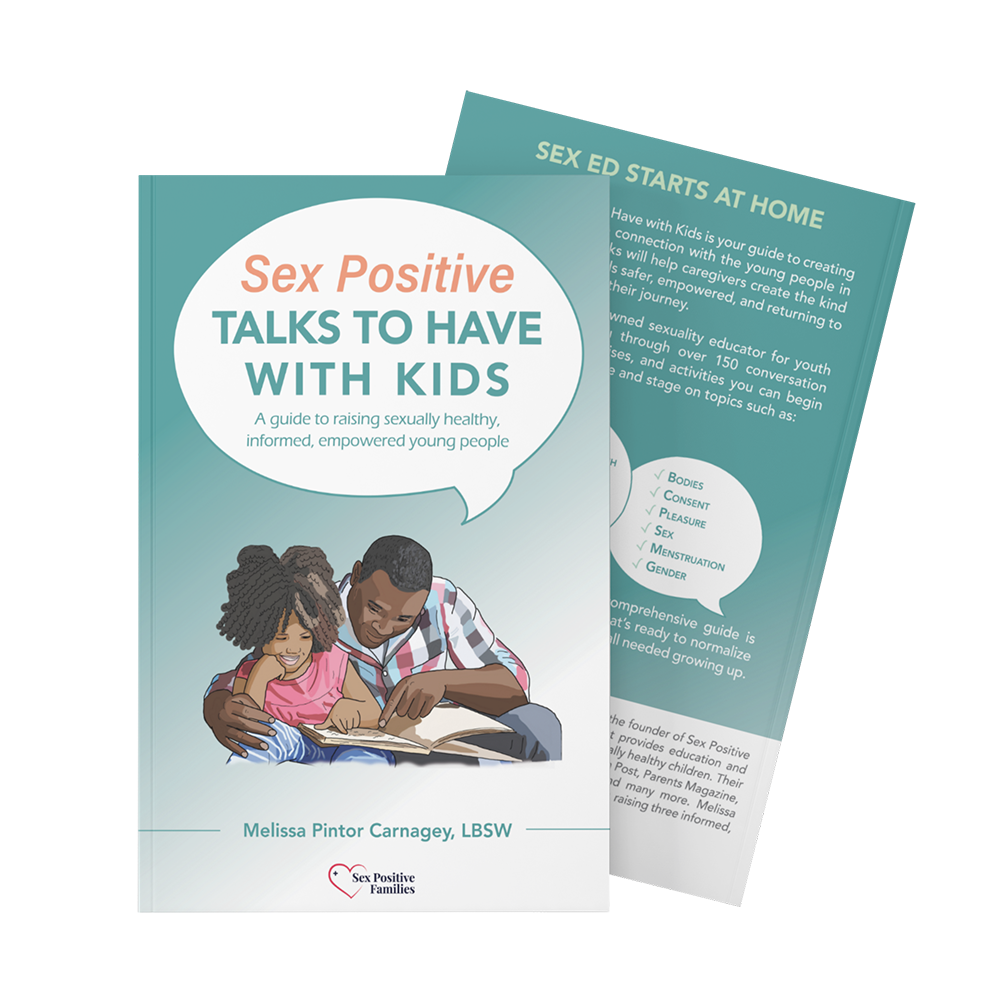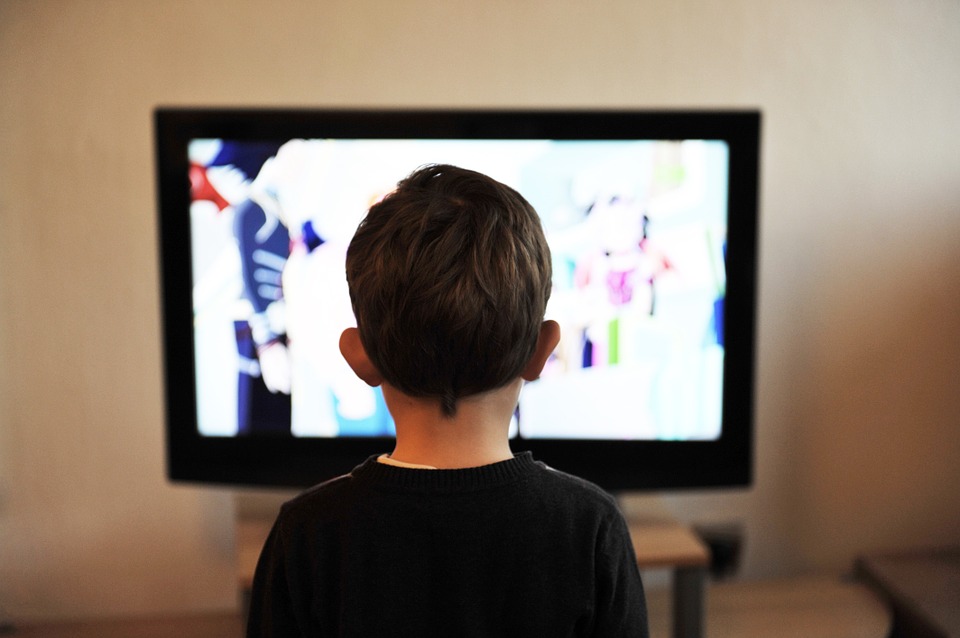– By: Melissa Pintor Carnagey, LBSW, CLC-
Staying plugged into the media and current events can feel like a double-edged sword. Weaving between stories that stir up an array of emotions- sadness, relief, disappointment, joy or fear-and weeding out what’s real or fake leaves me to consider what I really have the capacity to handle. Add to this my role as a parent, which means I play a pivotal part in guiding the minds and lives of little human beings who themselves can be impacted by what’s broadcast in the media.
Challenges aside, I do feel passionate about the positive influence I can have in developing kids that feel secure, confident and empowered in the face of uncertain times. How can parents help their children process challenging current events and news? Here are some steps to get you started.
- Get clear about where you stand on the issue. Ask yourself these questions- How is this news impacting me, my peers, my family? What aspects of it speak to my values and which do not? Are there areas that I could benefit from increasing my awareness or understanding of on the issue? Exploring critical questions can stimulate an exploration into what you truly feel, which is crucial to be aware of before you really engage with your child. It can be helpful and healing to get the flow of thoughts out of your own head. Whether that’s through journaling, talking it out or putting it into an art form, find a method that gets you out of your head so you can see what you’re working with more clearly. Other questions to consider- What emotions are being triggered by this event and where does this stem from for you? What strategies will you put into place to take care of yourself in light of this news? In other words, before you start the talks with your children, put the oxygen mask on you first, so you have the energy needed to adequately support your child.
- Strategies for talking with your child by age group:
- Children under 3, though they are rapidly developing cognitively, are not at the age where consuming world news is recommended or realistic. What they ARE aware of is the energy of their parents and caretakers. Being aware of how current events are impacting you is key as it can influence how you show up to the tasks of parenting. If you are feeling stress, anger, sadness or overwhelm in response to an event in the media, this likely will shift how well you feel when taking on parenting, work or everyday tasks. Self-care is key.Once you assess that it is an event that you are feeling impacted by, be vigilant about securing the space and resources you need to process and replenish healthily. Whether it is exercise (to stimulate those mood-related serotonin levels naturally), healthier eating, therapy, meditation, connecting with peers, reading a good book, journaling, letting your child spend time with a friend or relative so you can have downtime, catching a movie that stimulates a good laugh (or a good cry!) … whatever lights you up is what you want to hone in on, unapologetically. As you tend to this and rejuvenate, loving and nurturing physical contact with your little one can be the non-verbal cues they need to reassure their sense of safety and security. Also, taking time to read with them, especially with books that support underlying messages of tolerance and love, can be a great way to connect and reinforce their early understanding.
- In school-aged children, we find both increased cognitive capabilities to relate to the broader world around them as well as more exposure to information and influences outside of the home. This makes the opportunity for discussion a vital part of shaping their understanding of current events. Not shying away from conversation is recommended because it is an opportunity for you to be a source of influence and acceptance. Asking questions such as, “I’ve been seeing a lot in the news about [insert event here]. What have you heard about it?” Then, “What are your thoughts/feelings about it?” Leading with curiosity sends them the message that you care about their perspectives versus just preaching to them about yours. Every child is different, some will have a lot to say and be very expressive and engaged while others, not so much. With this age group, you will want to open up about your feelings on the subject. Vulnerability is your friend here. If something makes you [insert your true emotion here], then it is absolutely okay to say so and to follow with why it makes you feel that way. The goal is to support a genuine connection with your child that is reciprocal, rather than to be an expert on the issue. Allowing your child to demonstrate care for your perspectives and you for theirs is both a bonding activity as well as fosters empathy in them. Discuss your family’s values as it relates to the issue and include questions that solicit their understanding and buy-in. Regardless of their level of engagement, if you’ve opened the door, be sure to stay a little while and allow the opportunity for the both of you to have a shared understanding of perspectives and how it relates to your family’s values.
- The approach to talking with teens will look similarly to school-aged children but with teens there is more of an opportunity to dive into personal responsibility. Exploring with them an awareness of action- What do they feel like doing in response to the event? Is the event/issue an opportunity to serve or engage others in their peer groups as a way for them to be of influence or support? Or, how can they apply their values on the issue toward everyday life or future scenarios? Using role play or prompts can help your teen critically think ahead for related “What would you do if…” situations. Since social media is a big influencer in this age group, staying aware of how much your teen uses this outlet and may be exposed to mixed messaging on the event, can also help stimulate the discussion. As with school-aged children, exploring how this issue relates to your family’s values and expectations will bring the understanding home to them. Allow space to support the formation of their own individual values as this is a critical time for teens in seeking autonomy.
- Address fears and dispel shame. Sometimes the events feel so personal that they can spark fear or insecurity in your child. Ask them what worries them most. Often children go straight to wondering what if this happened to them, their parents or in their home/city/school. Validate their fears; this empathy will normalize their experience (for example, “I can see how you could feel this way…”). Attention to this will help them not to internalize shame over their reactions and worries. Take their fears a step further and explore with them what differences exist in the news event versus their reality. What safeguards are in place or could be put into place to ensure your child’s safety or position them for success in a similar situation. Also, ask your child what questions they have regarding the event. You may not have all of the answers right away. That’s not the point; you can find concrete answers later to get back with them. The point is that by asking, you move away from assuming things about their experiences and move toward actually knowing.
- Pay attention to non-verbal cues in their body language throughout the discussion and do not hesitate to ask them about something that may have shifted. For example, “I’m noticing you’re looking down while we’re talking, what are you feeling?” If they shut down at any point, resist the temptation to pressure them into opening up. The steps you’re taking to check-in with them will definitely show them you are available when they need you.
- Follow-up. Though current events often have a short shelf-life in the media, we know the reality is that the effects of the event can last much longer. That’s why it is so important that we check-in both with ourselves and our children after the initial discussions. You can gauge what feels best with your child, but generally within a couple days of the talk, make space to ask them how they are doing- “The other day we talked about [insert event here]. I’m so glad we got that chance. How are you feeling about it now? What questions do you have? What has come up about it since we talked?” Their answers to these will provide you with more first-hand insight into their experience, so you know best how to proceed in supporting them.
These techniques can be effective strategies as early as pre-school and set the foundation for open communication between you and your child, which makes it more likely that they will come to you when something is really bothering them.
No matter the specific values that your family has on an issue, the most important factor is whether you are making time for conversation that allows your child to process and feel heard. Diving into these discussions may feel intimidating (like opening a can full of wiggly worms) but it truly is the heart of the work of connecting with your child. We cannot control world events, but we can have great influence on how the events impact our family and what actions we take in response.
 For a guide made just for parents and caregivers to tackle sexual health talks at every age and stage, check out our bestselling book Sex Positive Talks to Have With Kids: A guide to raising sexually healthy, informed, empowered young people.
For a guide made just for parents and caregivers to tackle sexual health talks at every age and stage, check out our bestselling book Sex Positive Talks to Have With Kids: A guide to raising sexually healthy, informed, empowered young people.

Sex Positive Talks to Have With Kids is the bestselling guide to creating an open, shame-free connection with the young people in your world.
It’s an inclusive, medically accurate, and comprehensive resource that walks you through over 150 conversation starters, reflection exercises, and activities you can begin implementing at every age and stage to normalize sexual health talks and become the trusted adult we all needed growing up.
